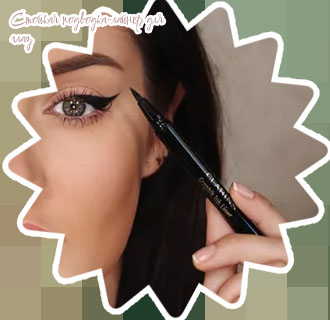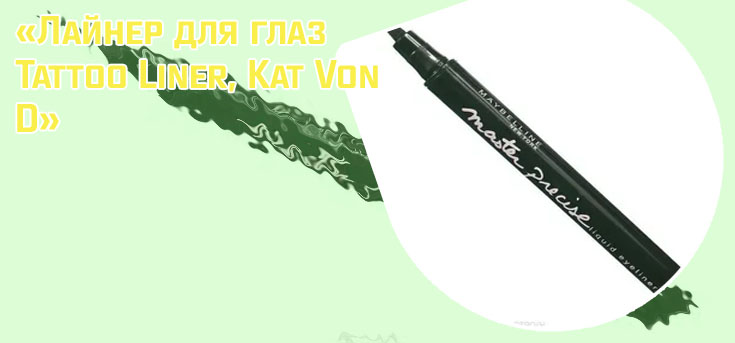В данной подборке статей мы рассмотрим различные аспекты и особенности лайнеров - больших пассажирских судов, которые путешествуют по морям и океанам.
История развития лайнеров: от парусников до современных круизных судов

The history of the development of liners from sailing ships to modern cruise ships is a fascinating journey that showcases the evolution of maritime transportation over the centuries. From the humble beginnings of wooden sailing vessels powered by the wind to the luxurious floating cities of today, the advancements in ship design and technology have been nothing short of remarkable.
In Russia, the interest in maritime history runs deep, with a rich tradition of seafaring that dates back centuries. The evolution of liners in Russia mirrors that of the rest of the world, with the country playing a significant role in the development of maritime technology. The transition from sail to steam power, the advent of steel-hulled ships, and the introduction of onboard amenities and entertainment have all contributed to making modern cruise ships the marvels of engineering and luxury that they are today.
To better understand the evolution of liners, it is important to consider the impact of technological advancements, economic factors, and changing consumer preferences on the development of these floating marvels. Additionally, exploring the influence of key players in the industry, such as shipbuilders, cruise lines, and regulatory bodies, can provide valuable insights into the factors that have shaped the history of liners.
Overall, the history of liners is a captivating tale of innovation, ambition, and luxury on the high seas.
Технологии безопасности на борту лайнеров: как обеспечивается безопасность пассажиров
Safety technologies on board aircraft: ensuring passenger safety
Ensuring the safety of passengers on board aircraft is a top priority for airlines around the world. In Russia, stringent safety measures are put in place to protect passengers and crew members during their flights. From advanced communication systems to state-of-the-art emergency equipment, airlines in Russia are equipped with the latest safety technologies to ensure a safe and secure travel experience.
One of the key safety technologies used on board aircraft is the Flight Data Recorder (FDR) and Cockpit Voice Recorder (CVR). These devices record crucial flight data and cockpit conversations, providing investigators with valuable information in the event of an accident. Additionally, aircraft in Russia are equipped with advanced warning systems to alert pilots of potential hazards and ensure quick responses to emergencies.
In order to further enhance passenger safety, airlines in Russia conduct regular safety inspections and maintenance checks on their aircraft. These inspections help identify and address any potential safety issues before they become a threat to passengers and crew members. Additionally, airlines in Russia prioritize safety training for their staff, ensuring that all crew members are well-equipped to handle emergency situations.
In conclusion, safety technologies on board aircraft play a crucial role in ensuring the safety of passengers. By implementing advanced safety measures and conducting regular inspections, airlines in Russia are able
Популярные круизные направления: где можно отправиться на лайнере и как выбрать маршрут
From the majestic Volga River to the stunning Black Sea, there are plenty of options to suit every taste <a href"/">Главная and preference.
Экологические проблемы и вызовы для лайнеров: как снизить воздействие на окружающую среду
The environmental challenges facing liners in Russia are significant, as these vessels can have a major impact on the surrounding ecosystems. From air and water pollution to waste disposal, liners must address a variety of issues to minimize their environmental footprint. One key way to reduce the impact of liners is to implement more sustainable practices, such as using cleaner fuels and improving waste management systems. By taking proactive measures, liners can help protect the fragile ecosystems of Russia and ensure a healthier environment for future generations.
Here are some key ways liners can reduce their environmental impact in Russia:
- Use of cleaner fuels: Switching to cleaner fuels, such as LNG or biofuels, can significantly reduce emissions and air pollution from liners.
- Improving waste management: Implementing effective waste management systems onboard liners can help minimize the amount of waste being discharged into the environment.
- Energy efficiency measures: Installing energy-efficient technologies can help liners reduce their fuel consumption and greenhouse gas emissions.
- Collaboration with local communities: Engaging with local communities and stakeholders can help liners better understand and address environmental concerns in specific regions of Russia.
- Investing in research and development: Continued investment in research and development of sustainable technologies can help liners stay ahead of environmental regulations and reduce their impact on the environment.
